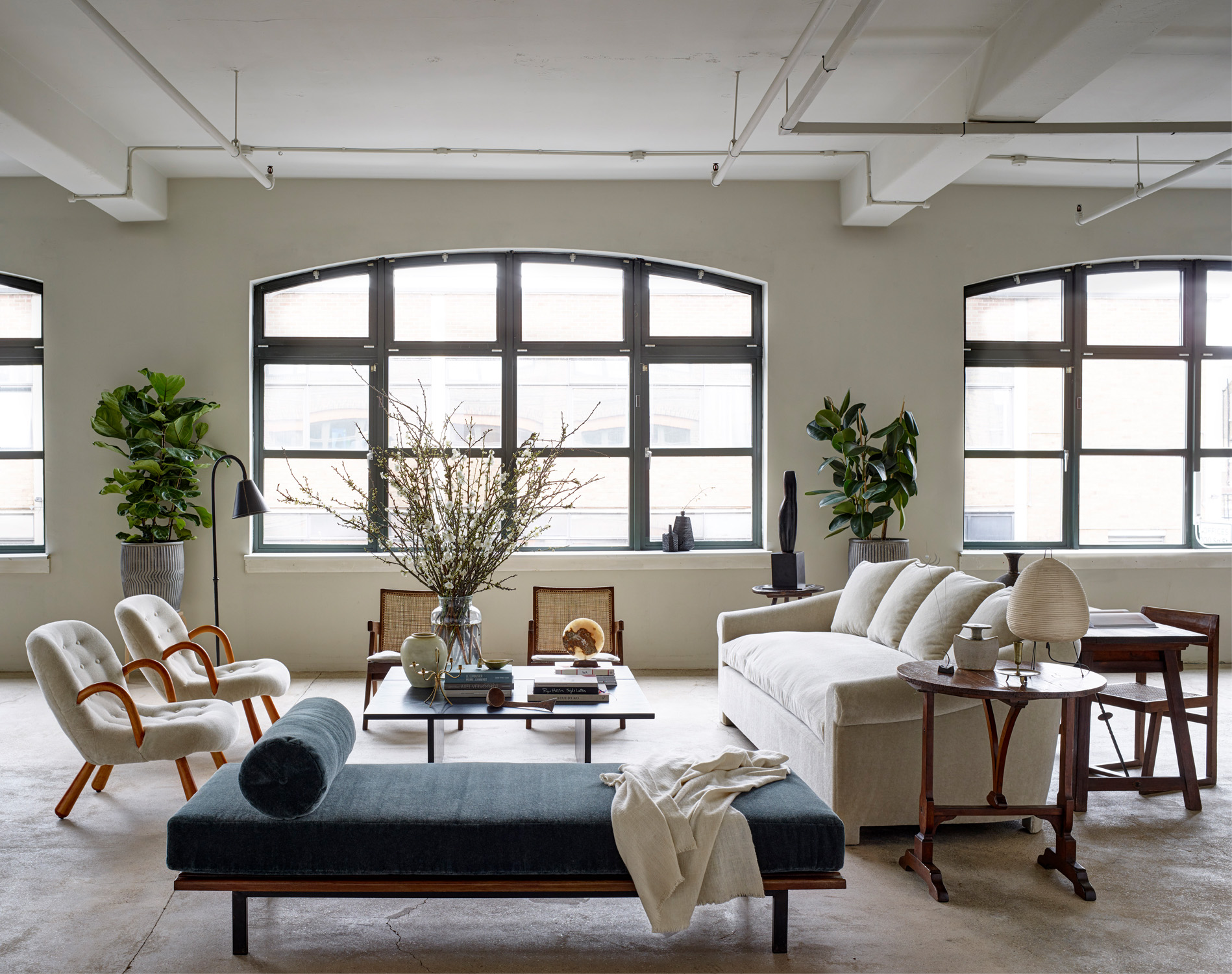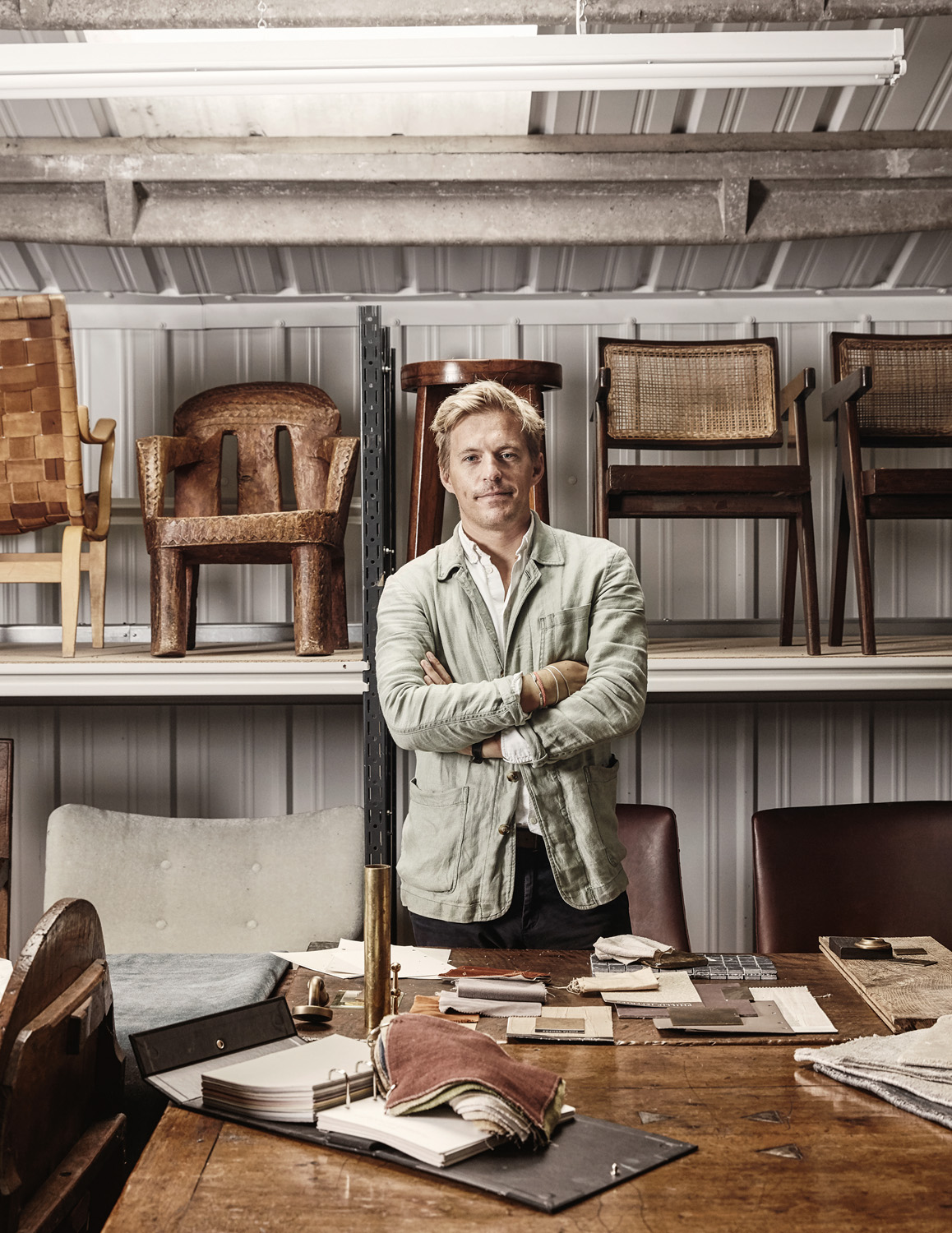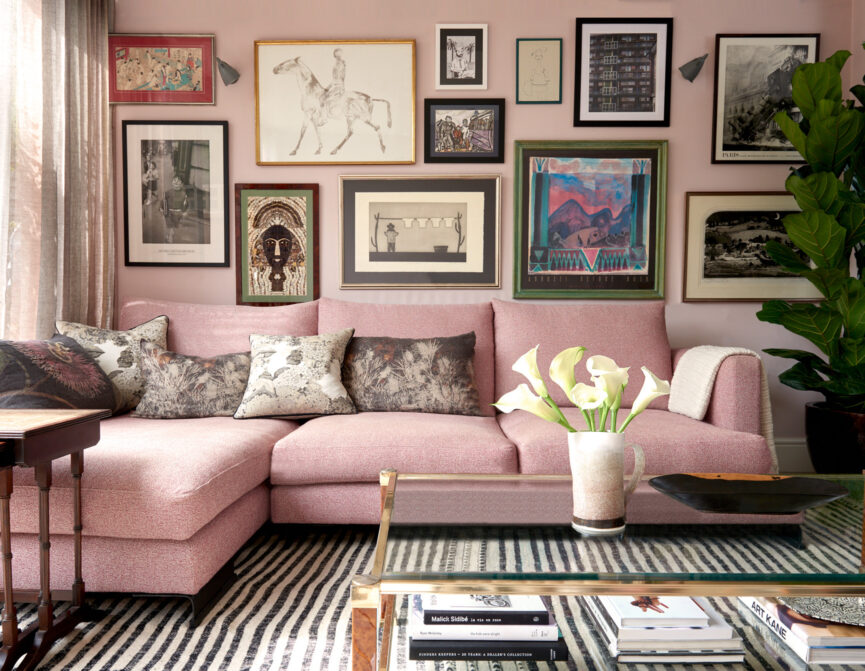Founder James Thurstan Waterworth explains how to use antiques from his collection to introduce a sense of history to your interiors.
Para James Thurstan Waterworth, fundador de la empresa homónima de diseño de interiores y antigüedades decorativas Thurstan, una verdadera casa está formada por capas de historia. "Las mejores casas son las que han sido habitadas durante 20 o 30 años y tienen estas capas orgánicas. Se trata de encontrar ese equilibrio entre el lujo y la comodidad".
El modus operandi de Thurstan, que es en parte intuitivo y en parte adivinatorio, consiste en extraer las instrucciones del cliente casi por deducción. "Parte de la habilidad de un diseñador de interiores consiste en averiguar quién es el cliente y cómo utiliza su espacio lo antes posible. Por ejemplo, ¿le gusta leer en la cama? ¿Es alguien a quien le gusta bañarse? ¿Es alguien a quien le gusta entrar en su casa y poner las llaves en una bandeja especial en algún lugar que no sea el pasillo? Hay miles de elementos, pero creo que se puede saber sólo por cómo entran en una habitación, cómo se visten y cómo interactúan contigo. Así que, en dos minutos, el 75% de esas preguntas tienen respuesta, de verdad".


Tras haber trabajado para Martin Brudnizki y como Director de Diseño Europeo de Soho House, el trabajo de James le ha llevado por todo el mundo, y su propia cartera de proyectos privados y comerciales incluye un hotel en Pekín, una nueva construcción en Antiparos y una casa del siglo XVII en Puglia. Sin embargo, su enfoque general sigue siendo el mismo: "Queremos una sensación de familiaridad, sólo estos pequeños matices para que la gente se sienta cómoda. Hay que tener alguna forma de familiaridad, aunque sea un espacio completamente nuevo".
James peppers his schemes with antique treasures sourced around the world, items similar to those he sells in his curated online store. His eclectic offering sees primitive pieces and 17th-century items comfortably posed alongside mid-century classics – much like his schemes, where they seem at home in old and new buildings alike. “My stepmother was an antiques dealer, so I’ve always grown up around these beautiful old pieces and we use a lot of 17th-century Spanish and English furniture to mid-century. The patina and the story of those pieces enhance and add depth to it – 350 years of wear and ageing gives something to a building that is impossible to fake. If you fill a new build with new furniture, it’s going to be much harder to find and create a story.”



We want a sense of familiarity, just these small nuances for people to feel comfortable.
- James Thurstan Waterworth
Thurstan is careful to impart these stories to his clients. “We explain the story behind the piece and where it’s from – I want clients to fall in love with pieces. They may not have the same enthusiasm for furniture across the board, but there’ll be something which inevitably moves them, whether it’s a fabric or an art piece or a light.”
This side of his business, sourcing items for clients, has paved the way for the soft launch of his own furniture line, soon to be showcased in a newly built, by-appointment showroom on the Wiltshire-Somerset borders. “I’ve always done bespoke pieces of furniture for clients, and we found ourselves using the same sofa or armchair because a client specifically liked that, so I thought perhaps we should quite subtly start building our own bespoke range.” History is woven into the fabric of even his new bespoke items. “I’ve used the same upholsterers for ten years now and they’re people we know and trust. That’s a key part of it – the consistency. And from the outside, two sofas could look very similar, but you strip them apart and internally they’ll be very different. So we still use traditional elements – hand sprung etc – essentially how they would have made a sofa back in the day but done in a modern, comfortable and practical way.”




